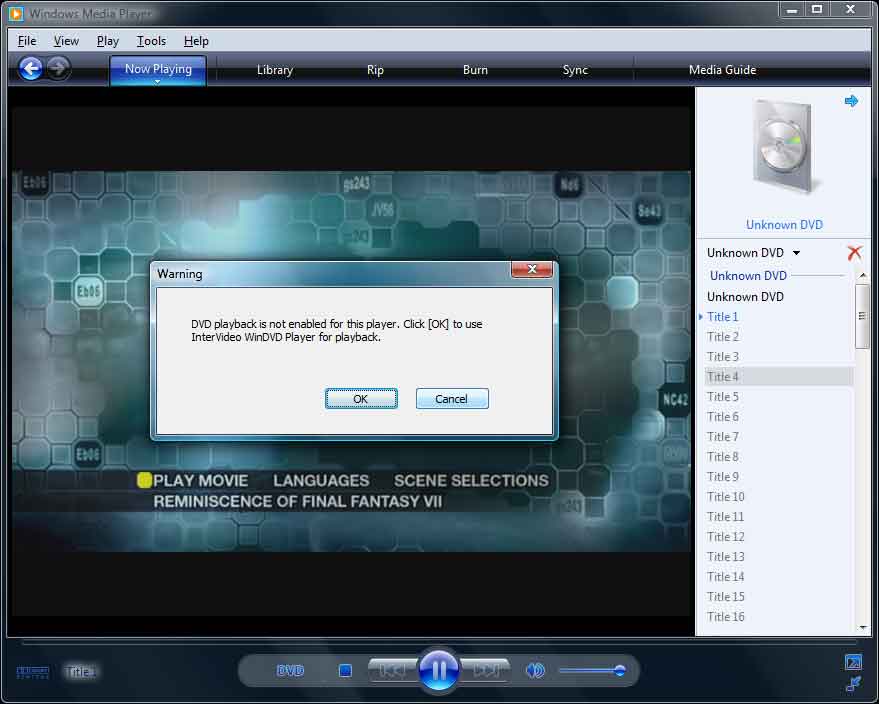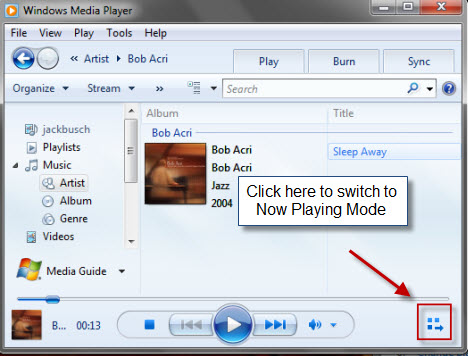

- #WINDOWS MEDIA PLAYER PLAYBACK SPEED NO SLIDER HOW TO#
- #WINDOWS MEDIA PLAYER PLAYBACK SPEED NO SLIDER 1080P#
- #WINDOWS MEDIA PLAYER PLAYBACK SPEED NO SLIDER ANDROID#
- #WINDOWS MEDIA PLAYER PLAYBACK SPEED NO SLIDER SOFTWARE#
- #WINDOWS MEDIA PLAYER PLAYBACK SPEED NO SLIDER TRIAL#
Here is how to make it on Spotify app, including computer platforms and mobile phones. If you are fond of listening to podcasts on Spotify, you can actually get a way to slow down or speed up whatever you’re playing. How to Change Playback Speed on Spotify App Spotify music, you may care about most, is not allowed by Spotify for playback speed adjustment, and there is still no official information about this. However, you can only enjoy this feature on the Spotify app rather than the Spotify web player. Can Spotify Support to Change Playback Speed?Ĭurrently, Spotify only offers official support for changing the playback speed of podcasts from 0.5x to 3.5x, mainly given that podcasts contain many episodes and the audio is always long.

#WINDOWS MEDIA PLAYER PLAYBACK SPEED NO SLIDER ANDROID#
#WINDOWS MEDIA PLAYER PLAYBACK SPEED NO SLIDER TRIAL#
I would hazard to say that it is undoubtedly motion-related blur but when we tried a trial version of Timewarp using the same equipment set up, same lighting conditions (i.e. Thanks for response Chas, further to Joan's advice above I have now posted this as a new thread at. If you think that motion blur is an issue for you, see the other recent threads discussing it. Make sure that your camera has not applied video compression in saving the video file. I am not very familiar with video file compression or its artifacts- I just avoid it.

If you took your videos indoors the light levels are low and the shutter speed has to be slow to get useable videos. For example, in outdoor sunlight the shutter is very fast with little motion blur but indoors it very slow with large motion blur. For those AUTO control cameras the motion blur will vary with the light level. Some AUTO control cameras might adjust the shutter speed to short times when the light is bright and to long times when the light is less bright.

If two videos were compared, what shutter speeds were used in each of the videos that you refer to? If AUTO exposure control was used then the shutter speed is unknown and so is the motion blur. If slow objects are sharp and faster objects, like the extremities, are blurry then motion blur sounds likely.
#WINDOWS MEDIA PLAYER PLAYBACK SPEED NO SLIDER SOFTWARE#
View your video in Quicktime or other player to determine if the blur is in the video or a software artifact. Did you view the same video on both Timewarp and Kinovea with different results? I'm not familiar with Timewarp, or the shutter speed control for the Panasonic NV-GS330 (likely to be AUTO). It sounds as if it might be motion blur if the extremities are blurry and the other parts of the image are not. arms moving fast through a somersault) although it was on the Timewarp we tried as a demo version. We are trying to use this to display time-delayed routines of competitive trampolinists, something we have seen done with Timewarp software, it works but the imagery doesn't seem clear enough at the extremities (e.g. PC with > 60% free RAM (4GB) with a Panasonic NV-GS330 min-DV camera connected using Firewire. Not sure if this is a similar issue or not but we are trying to use the 'Image Capture' / 'Delay display' option on a pretty high spec. If you want to be able to use this mode on longer sequences, you can alter the settings in "Option > Preferences > Play/Analyze". If you select a very tiny portion of the video (around 3.5 seconds) you should enter the analysis mode and be able to scroll back and forth smoothly. What are the spec of your computer ? (CPU, Memory.) And this is quite annoying since the HD formats will soon be everywhere. Right now I'm afraid I don't have a solution. Now if it records at 60 fps it will be even harder to keep up the pace.
#WINDOWS MEDIA PLAYER PLAYBACK SPEED NO SLIDER 1080P#
Seeing that your camcorder is HD 1080p (much more information to decode than with standard definition), I can understand the dropping. If I recall correctly, each time we have to drop 12 frames in a row, the slider moves down 5%. To prevent a deadlock with images accumulating in the decoding queue, we drop frames and slow down the playback artificially. The problem is when each frame takes more time to decode than the inter-frame delay. When the speed slider moves on its own, it means that the load on the program is too high.


 0 kommentar(er)
0 kommentar(er)
